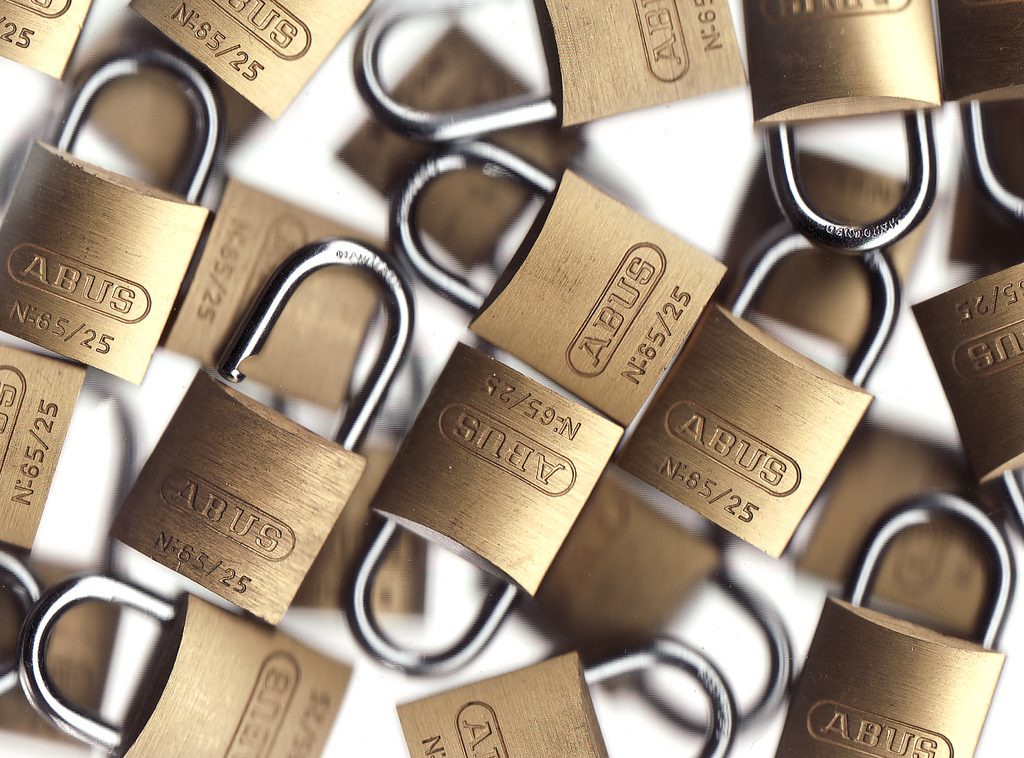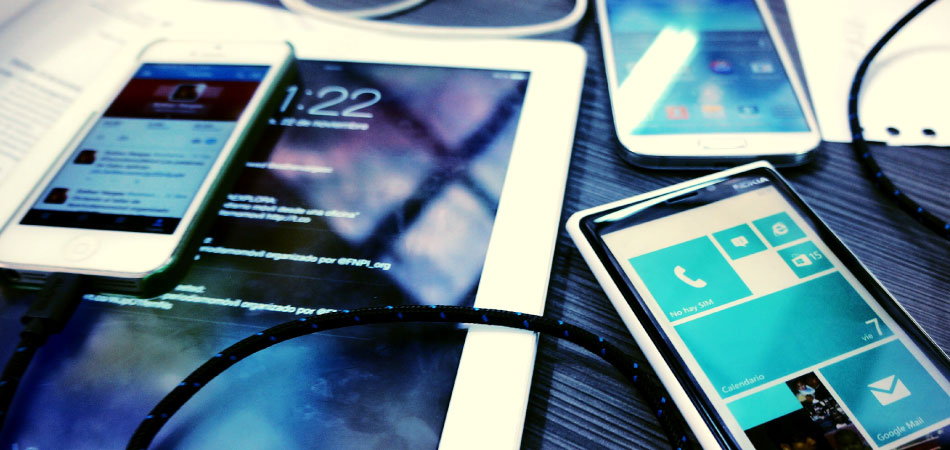Let’s get real here for a second — there’s very little you can do to “never get hacked.” But there are a lot of things you can do to make your accounts harder to hack. So, let’s start there.
Pa$$words
Toss out easy to guess and basic passwords like “password” or “123456.” Even passwords containing real words followed by a few numbers like “cookie76” or “nacho09” aren’t that secure.
Opting for a more complex password that won’t be at all recognizable is the most secure route, like “M3kLQNt7Y” for example. That series of letters and numbers is completely random. Tossing in special characters (!@#$) will also help make passwords harder to hack.
Mix it up
Don’t use the same password on all your online accounts. Using the same password everywhere could make other accounts more vulnerable if a company you trust with your data is breached.
For example, if a hacker got hold of emails and passwords from — let’s say — Yahoo. If your info was part of the breach, and you tend to make all your passwords the same, that hacker could be able to easily get into a handful of other accounts.
Get a manager
Using a password manager is a great way maintain many different complex passwords without needing to remember all the logins. These types of apps will generate strong passwords for you, remember those passwords and alert you when an account may be compromised.
A good free password manager is Dashlane. The free version works well but Dashlane’s paid service will keep multiple devices synced with all your current passwords — which makes the app more useful. Another highly-rated option is 1Password. It also offers a free trial before switching over to being a paid service.
Get 2-step
Many types of accounts give you the option to use something called 2-step verification (or 2-step authentication). This changes how you login to an account slightly. Two-step literally adds an extra step to verifying that the person logging in is who they claim to be.
Rather than just typing in a password on a machine, a code is usually sent to a device or phone number. That code is also needed to gain access to the account. The idea is this: To log in, you need to know something (the password) and you need to have something (the phone or device that receives the code).
This way, even if a hacker gets a password, they may be barred from entering their victim’s accounts because they don’t have the second form of verification.
Update logins
The last thing you can do to keep your accounts safe is to change your passwords regularly. Think about it, when was the last time you updated the password to get into your personal email? If the answer is a few years ago, you’re due for an update.
(Top photo credit: Flickr Automobile Italia/ CC BY 2.0)




Excellent advice. LinkedIn, Dropbox, Adobe, and many more have all had millions of passwords stolen. The best way to protect yourself is using a password manager and two step authentication.